How to plant and grow linden?
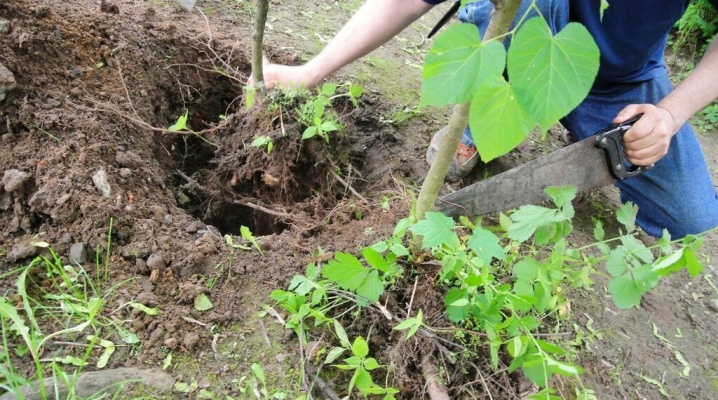
When planning to plant a linden tree near the house or anywhere on your site, you need to know some features regarding planting this tree and caring for it. You can find out more about all this below.
Where is the best place to plant?
Linden is not a very demanding plant, and therefore it can be planted almost anywhere - for example, near a house or somewhere in a summer cottage. However, if your goal is to grow a beautiful tree, then you will have to tinker with the choice of location. Wherein it is worth considering that the tree is fully formed only after 20-40 years, depending on its variety.
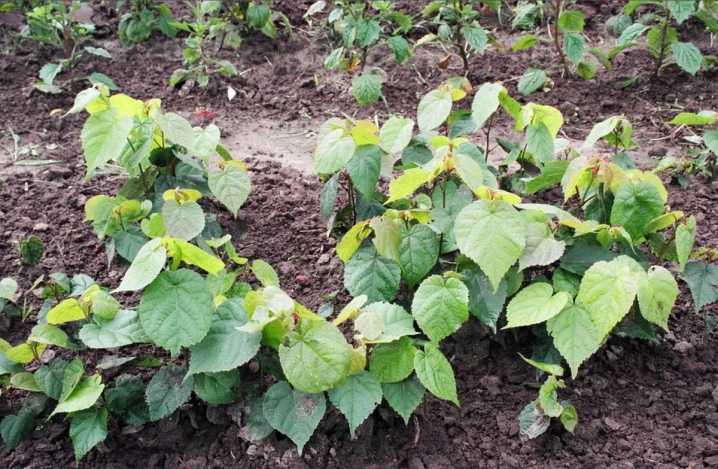
This tree tolerates shade and even frosts well, however, in order to accelerate its development, growth and splendor of the crown, it must be planted in those areas that are open and well lit by the sun. Linden also does not have high requirements for the soil, but, of course, fertile soil, into which the necessary fertilizers are applied in a timely manner, will be very useful for it. The only requirement is a normal humidity level. In general, this applies only to seedlings, while adult lindens tolerate water shortages much easier.
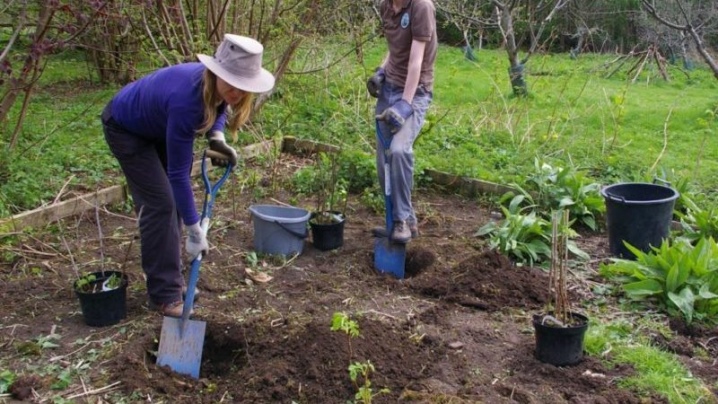
Other factors have little effect on the plant. Linden is not afraid of strong winds, as it has powerful roots that are fixed deep in the soil, and, on the contrary, can even protect your site from the wind.
Landing
The most common way to plant a tree like linden is by purchasing a ready-made seedling. However, please note that it is best to purchase plants that have a closed root system.
If we talk about the very process of planting seedlings, then initially it is necessary to dig a hole for it, the depth and diameter of which should be about 500 centimeters - these are the dimensions that will be required for a seedling, the height of which will be about 50-70 centimeters. In addition, in the pit, it is necessary to first make drainage 15 centimeters thick. Above you need to place a mixture of humus and superphosphate, the layer of which will be about 7 centimeters. So, you need 50 grams of superphosphate for each tree.

Further, having carried out all the preparatory measures before planting, you need to immerse the tree seedling in the recess and sprinkle it with an earthen substrate. It must be prepared using part of the sod soil as ingredients, as well as 2 parts of sand and humus.
The seedlings must be thoroughly moistened and then for another 2 years it is good to supply them with top dressing with a high nitrogen content. Do this 3 times per season.

You can plant a linden tree in other ways.
Seminal
If you are using seed, then it must be treated appropriately before being sent into the soil. Otherwise, it will not work to grow a tree: the seeds simply will not germinate. Processing, or, as it is also called, stratification means holding the seed in conditions of moisture and a temperature of 0 degrees. Such processing usually lasts about 3-6 months - the timing depends solely on which type of tree you have chosen for growing.
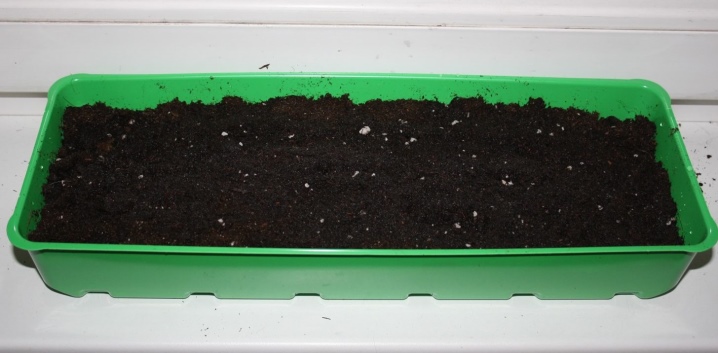
Such seeds must be kept in a box, which will be filled with wet sand or sawdust and placed in any room that is characterized by low temperatures. Further, the seeds are not dried, but immediately used for planting, sending them into the ground.
Linden seeds are sown in pre-moistened soil in rows, between which there should be a distance of about 20 centimeters. Next, the seeds must be sprinkled with a layer of earth, which should be no more than 7 centimeters.
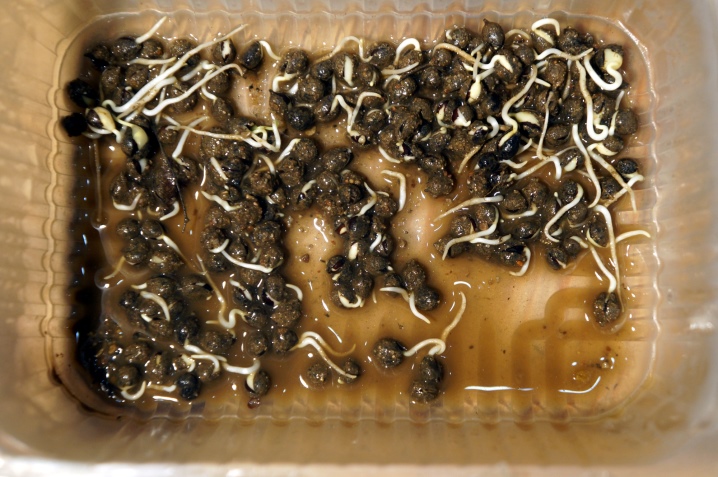
Please note that young plantings are highly sensitive and do not tolerate frost. They must be covered with something, while maintaining full ventilation of the air masses.
If you want to have several lindens on the site, you can start reproduction, for example, using seedlings, layering or cuttings.
With the help of seedlings
This method involves the use of linden seedlings, which usually begin to germinate under an already formed linden tree.
For planting, you need to take small shoots, which will have cotyledonous leaves. - this is necessary due to the fact that such leaves can more easily tolerate a change of location. It is recommended to dig seedlings in the spring, do this after the first leaves begin to form on the linden.
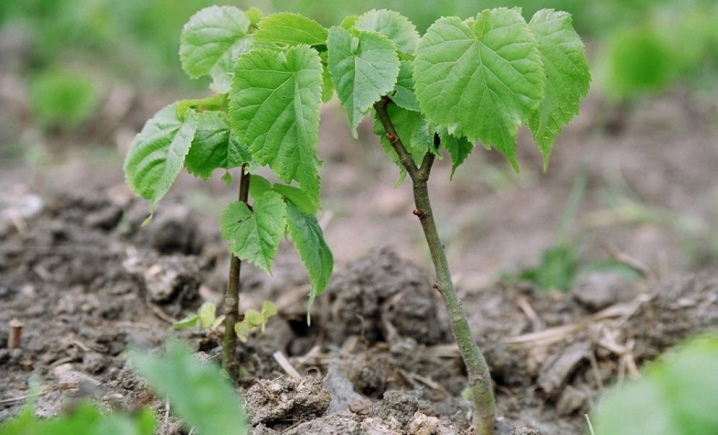
Seedlings after transplanting must be thoroughly watered, especially in dry periods. A year later, they can be moved to the so-called "school" by planting them in rows, keeping a distance between rows of 30 centimeters and 10 centimeters from each other. By autumn, young plants can be moved to a permanent place.
Layers
To propagate a tree by layering the trunk, it is necessary to bend its lower shoots to the soil, having previously dug small indentations under them. Next, you need to fix the branches and sprinkle them with an earthen layer, after which these layers after a year or two will begin to sprout roots. When the shoots take root, they need to be separated from the linden and moved to their permanent location.
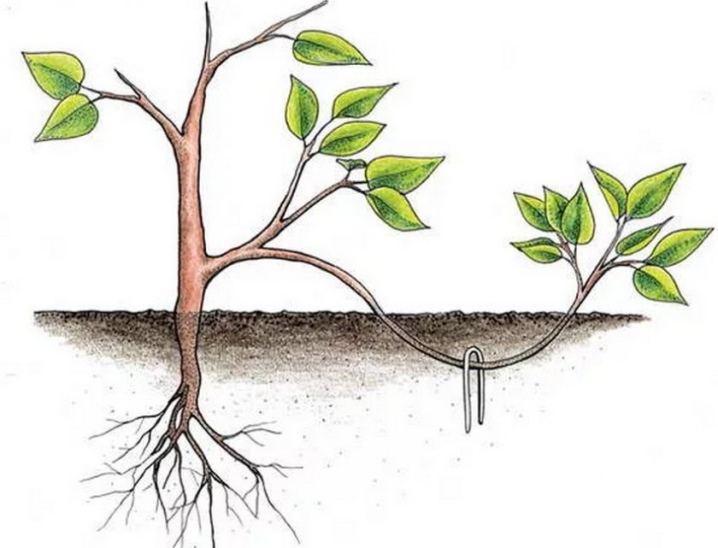
Cuttings
This method is not very popular with summer residents due to the fact that cuttings do not have a high survival rate. To plant a linden in this way, you need to select green shoots that have not yet had time to lignify. Next, they need to be placed in a special liquid, which will stimulate the formation of their roots, and then planted in a substrate, knowingly made using peat and vermiculite.
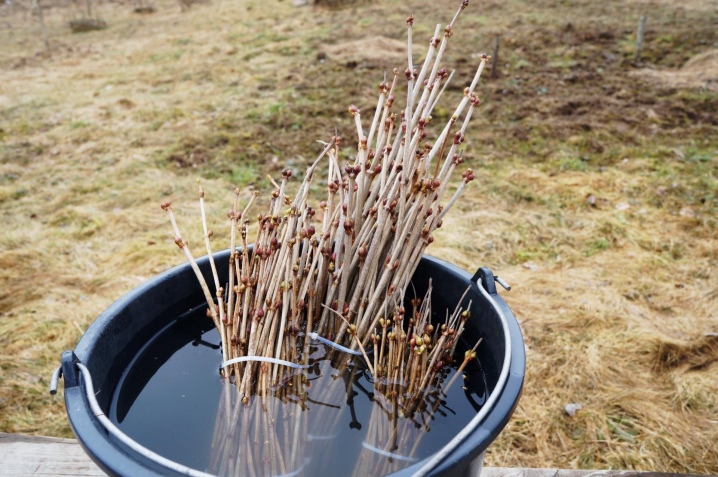
Care
Growing linden in the garden is a simple process. This tree grows quickly and, in general, does not cause great difficulties in caring for it, however, you still need to know how to properly care for it.
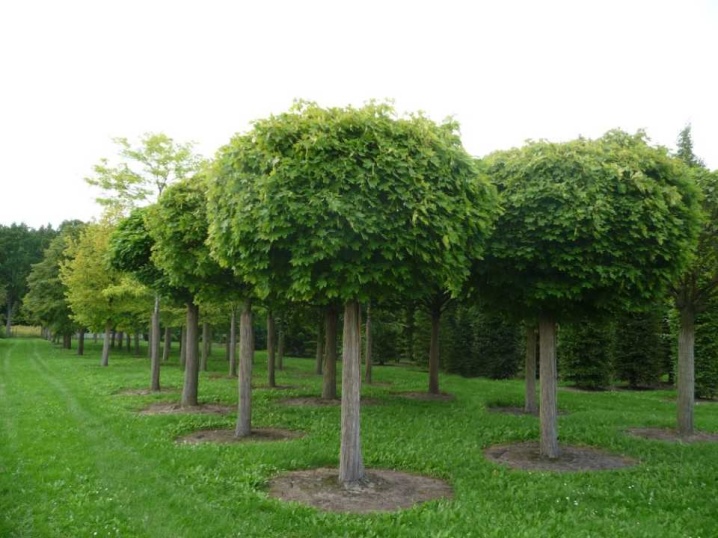
Pruning
Pruning is an important undertaking. It is necessary to prune dry and damaged branches before bud break, as well as closer to autumn, when new shoots begin to actively appear. However, keep in mind that you cannot shorten tree branches by more than a third.
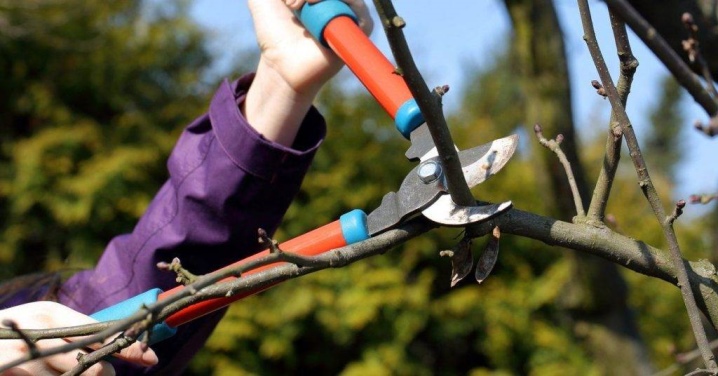
Prune the tree regularly. This contributes to the correct formation of its crown, which makes the plant visually beautiful. In addition, pruning a tree avoids the occurrence of many diseases.
Many also recommend regularly thinning the linden crown. Otherwise, you can observe such a phenomenon as drying out of the branches.
Watering
Special attention must be paid to watering the plant. Linden must be carefully supplied with water in the first years of its growth and development, making sure that the soil is saturated with moisture. Water for watering young plants should be at room temperature. If it is cold, then this will only harm the tree and with a high probability will begin to slow down its growth and development.

Adult lindens do not require a lot of water. They are able to tolerate drought calmly and need good watering only if the dry period lasts too long. For one linden tree for irrigation, you will need 20 liters of water per 1 square meter of the projection of its crown.
Top dressing
Top dressing of already formed trees must be carried out 2 times per season. The first one is held during early spring. To do this, you need a mullein-based mixture: 1 kilogram of the main component, 15 grams of urea, 25 grams of nitrate and 10 liters of water. All this must be thoroughly mixed, after which the plant can be fertilized. In autumn, it is recommended to use nitroammofosk as a top dressing. For a good feeding, you only need 20 grams of this product per 10 liters of water.
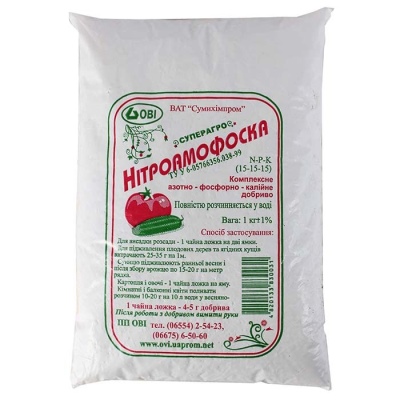
Pests and diseases
Harmful insects precipitate many plants, linden is no exception. Often, a gardener can observe a hole spot on the leaves of his plant. To eliminate it, it is recommended to use a Bordeaux mixture, which is used to process the trunk and branches.
If you are faced with white rot, then in this case it is necessary to use such preparations, which contain copper, and in large quantities.
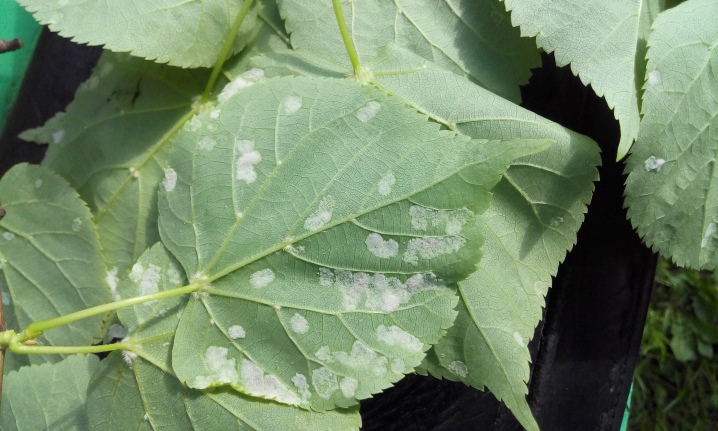
Besides, often linden encounters attacks of aphids, scoops, ticks, bark beetles and leafworms. To eliminate parasites, you can resort to using folk remedies, such as ash, garlic and onion solutions, or chemicals. The latter are mainly used only in advanced cases.
How to plant a linden tree, see the next video.



































































The comment was sent successfully.